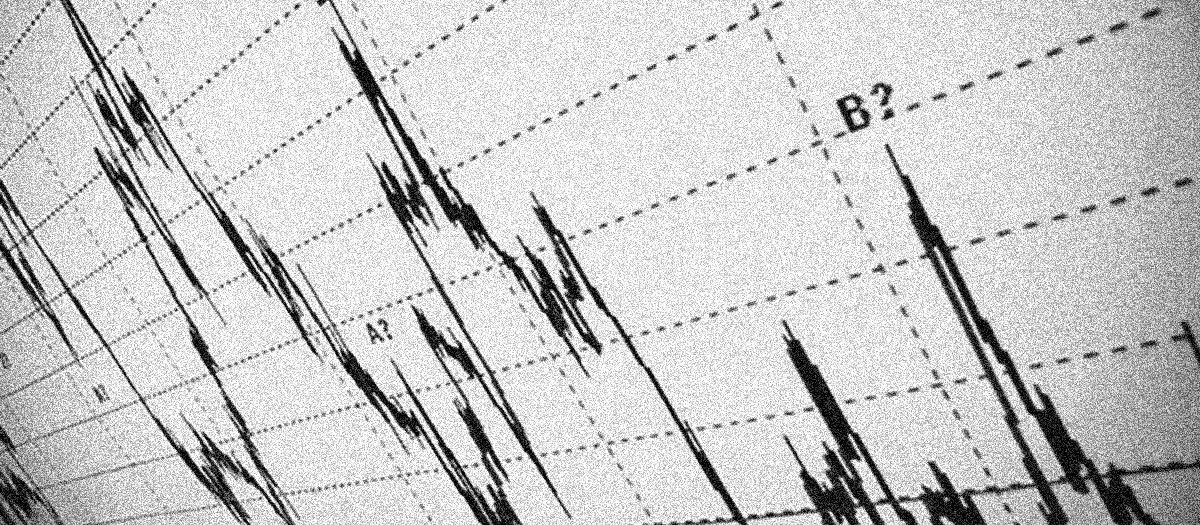While the S&P 500 Index technically did not enter a bear market based on the most widely used definition—a 20% or more decline based on closing prices—it sure felt like a bear market. The strong rebound on Wednesday helped reduce anxiety, but that doesn’t take away from the fact that many investors experienced a bear market this month with the Nasdaq, Russell 2000 Index, and international stocks, measured by the MSCI EAFE and Emerging Market indexes, all falling by more than 20% from this year’s highs.
Needless to say, market participants have had a lot to digest, including a heightened risk of a policy mistake by the Federal Reserve (Fed), the trade dispute with China, a government shutdown, cabinet-level departures from the White House, and communication mishaps by the Fed Chair and the Treasury Secretary. There has been too much to shrug off.
Some observations as we assess this week’s unusual volatility:
- Bear markets in the absence of recessions, based on data back to WWII, see S&P 500 Index declines of 24% on average. With a 19.8% decline from the September 20 high through December 24, the selling may have been overdone.
- Non-recessionary bear markets have taken less than a year to recover prior highs, with the last two (1998 and 2011) recovering in five months or less. Though we are not dismissive of the risks, we think this is the situation we are most likely experiencing.
- We continue to believe the fundamental backdrop supporting economic and profit growth remains sound, despite pressures on investor confidence. We’ve never had a recession when earnings were growing.
- We are encouraged by the increased flexibility reflected in Fed Chair Powell’s most recent comments and expect the Fed to get more market friendly in early 2019. Even two rate hikes next year are now in question.
- Government shutdowns historically have had no discernable impact on the stock market. In fact, the S&P 500 rose during the last five shutdowns.
- Valuations have fallen significantly to levels we would consider attractive at less than 15 times the next 12 months’ S&P 500 earnings, based on FactSet consensus. This level has been associated with above-average long-term returns, while large drops in the S&P 500 Index price-to-earnings ratio have historically been followed by above-average one-year returns.
- We have seen evidence of capitulation in this week’s trading activity, including extremely high put-call ratios and extreme percentages of S&P 500 constituents trading at 52-week lows and below various moving averages.
While we’ll take the 3% gain for the week as trading began Friday morning, it’s been a tough few days for investors. We understand market volatility can cause some to question their strategy. While we are certainly aware of the risks, with stocks down about 15% from September highs, the risks that market participants are struggling with may be largely priced in. Our best advice is for everyone to focus on fundamentals supporting growth in the economy and corporate profits, and stick with your long-term strategy.
For more of our thoughts on these topics, please see our upcoming Weekly Market Commentary, due out on Monday.















